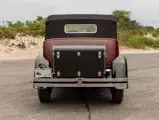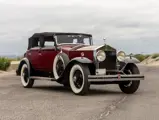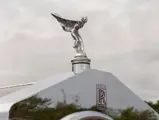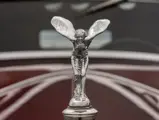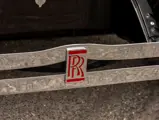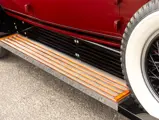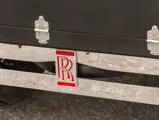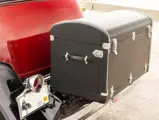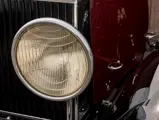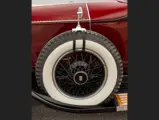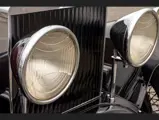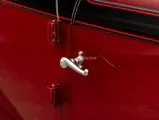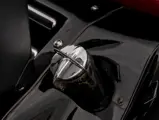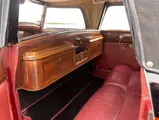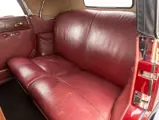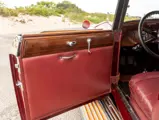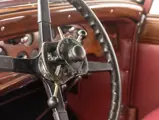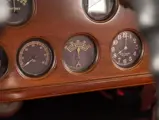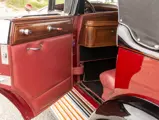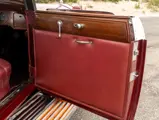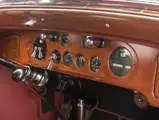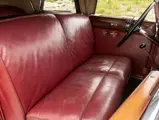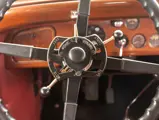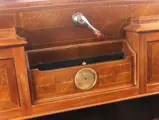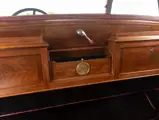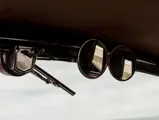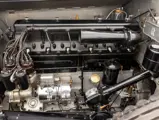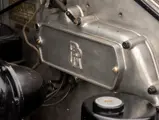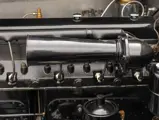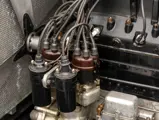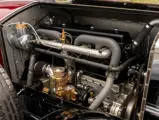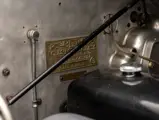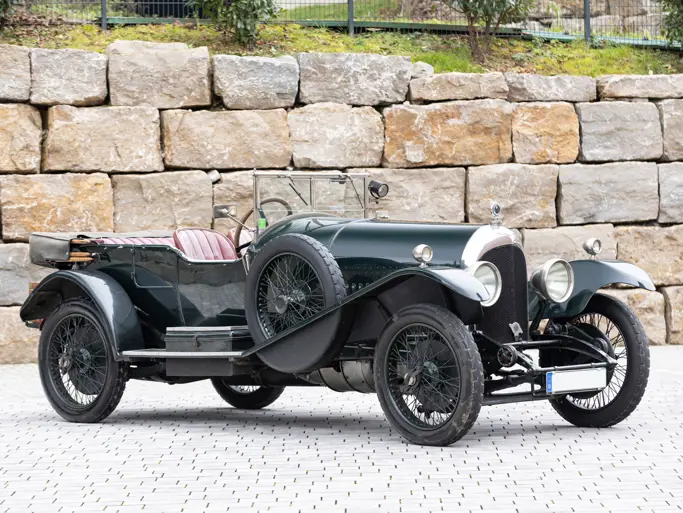
1929 Rolls-Royce Phantom I Transformable Phaeton by Hibbard & Darrin
{{lr.item.text}}
$170,500 USD | Sold
{{bidding.lot.reserveStatusFormatted}}
- Clothed in its distinctive, factory-fitted Hibbard & Darrin aluminum body
- One of just five Transformable Phaetons reportedly produced, each specified with unique features
- Powered by its numbers-matching 7.7-liter straight-six engine paired with a three-speed manual transmission
- Wears an older restoration completed circa 1975
- Only two recorded owners since 1977; known history since new
- Offered from the preeminent collection of Howard “Dutch” Darrin’s nephew
When Rolls-Royce began production of their “New Phantom” in 1925, the model appeared to be an essentially conservative evolution of its predecessor, the Silver Ghost. However, within three years it was greatly improved with a full suite of new mechanical and structural refinements which included an aluminum cylinder head, chrome-plated exterior brightwork, flat-bar bumpers, servo-assisted four-wheel brakes, and thermostatically controlled radiator shutters. Further, the marque expanded availability of coachbuilt body styles, securing noteworthy contracts with nearly all the leading firms that America and Europe had to offer.
Among the most celebrated coachbuilders of their time, the Parisian firm of Hibbard & Darrin initially functioned as a design house, with their commissions executed in Belgium by established coachbuilders including d’Ieteren or Vanden Plas. They later opened a shop at Puteaux, where they soon specialized in one-offs for Duesenberg, Hispano-Suiza, Mercedes-Benz, Packard, and Stutz chassis. In particular, the firm’s designs for Rolls-Royce’s Phantom I focused on convertible styles rendered with patented metalworking methods, making use of cast structures and sheet paneling formed with a proprietary aluminum alloy.
In total, Hibbard & Darrin supplied only 35 Phantom I bodies to Rolls-Royce’s Springfield, Massachusetts factory between 1928 and 1932. When completed in France, the bodies were shipped in small batches to Brewster Co. of Long Island City, New York where they were then finished and mated to their respective chassis (which had been driven down from Springfield). Of those 35, merely five chassis are believed to have been rendered in the striking dual-cowl “Transformable Phaeton” convertible body style offered here.
CHASSIS S302LR
The distinctive and stately 1929 Springfield Phantom I Transformable Phaeton offered here was delivered new to its first owner, Samuel Jaskow of New York City, on 27 August 1932. Factory records indicate that it was originally provided with a “St. Andrew” Town Car body by Brewster, but it was then rebodied by the factory at Jaskow’s request. It seems likely that Jaskow could have personally made the short drive from Manhattan to the Brewster Coachworks and reviewed the tremendous inventory of exotic Phantom I bodies sitting within the company’s grounds.
The prominent, heavy beltline molding and delicate, scrolled door handles are Hibbard & Darrin hallmarks. The design’s signature trapezoidal windows are tightly nested within the matching convertible top, yet another feature which the coachbuilder secured patent rights for. The elegant bodywork features the marque’s signature “Sylentlyte” construction method, comprised of hand-formed sheets and thinly cast structures of aluminum alloy wrapped around a wood and aluminum structure. This Transformable Phaeton’s front and rear fenders are the only body pieces composed of conventional steel.
The cabin and exterior are both highly detailed in Hibbard & Darrin’s typical fashion, with exquisite fine hardware and inlaid woodwork throughout. Interestingly, S302LR’s rear windshield disappears into the cabin divider via a hand-operated roller—a unique feature not seen on any other extant Transformable Phaeton.
At some point around 1944, the car was purchased by fellow Manhattan resident S. Mindlin. It reached its third Manhattan owner, Harry Walendorf Jr., in 1955 and remained under his care until the early 1960s. Between 1963 and 1976, this uniquely configured chassis passed through several collections up and down the East Coast of America until 1977, when it was acquired by Philip Wichard of Huntington Bay, New York. Importantly, Wichard purchased the car with it having just been treated to a complete restoration to the stunning maroon and red livery which it wears today.
In March of 1995 this remarkable Phantom I was acquired from Wichard by the nephew of Howard “Dutch” Darrin. Over the past 25 years of private and carefully tended enjoyment, it has been the crown jewel of the consignor’s preeminent collection of Darrin-designed automobiles. As such, the car has been fastidiously maintained—without consideration to expense—by Rolls-Royce specialist Charlie Webb of Automotive Restorations, Inc. in Stratford, Connecticut. A complete binder of service invoices accompanies the car, with its most recent entry showing north of $12,000 worth of routine mechanical servicing within the last year. The consignor has previously exhibited this distinctive Phantom I at the Greenwich Concours d’Elegance, where it was undoubtedly the most beautiful prewar Rolls-Royce in attendance.
No collection of significant prewar classics is complete without a Springfield Rolls-Royce, and few are more graceful and important than the Hibbard & Darrin Transformable Phaeton.
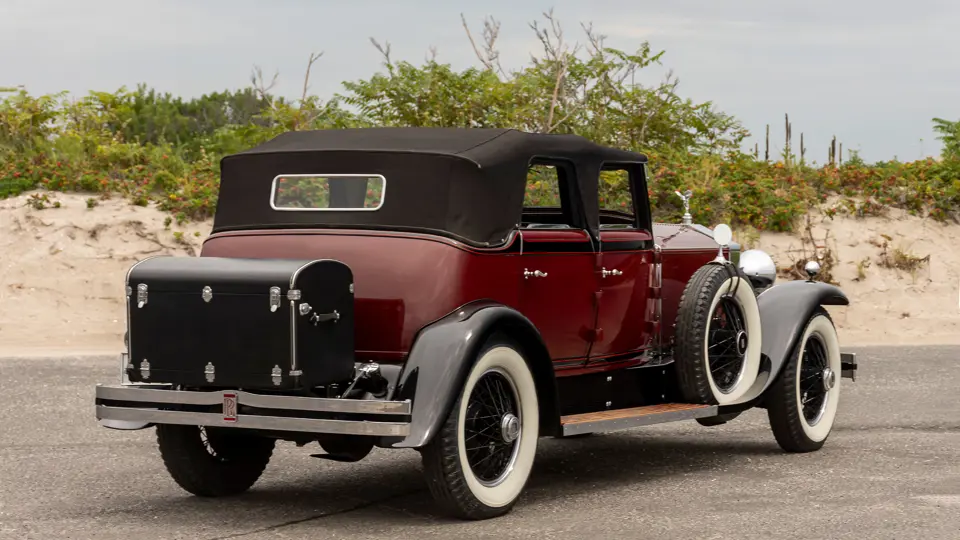



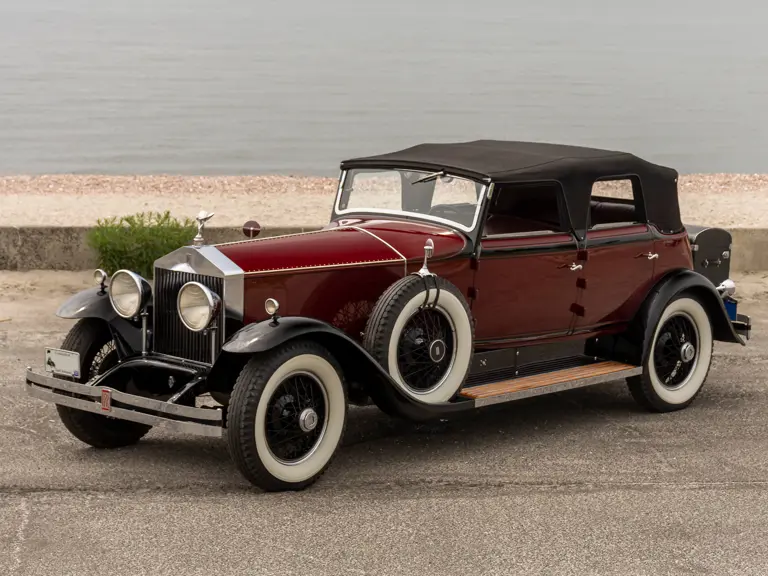
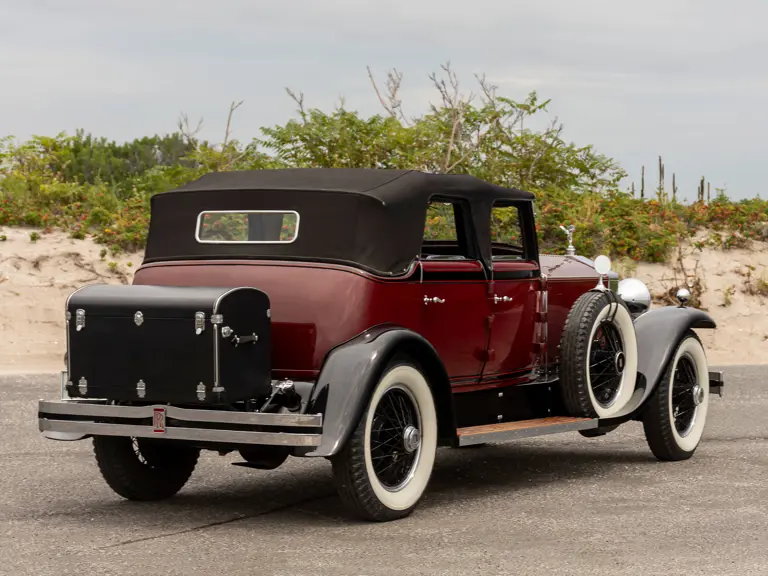
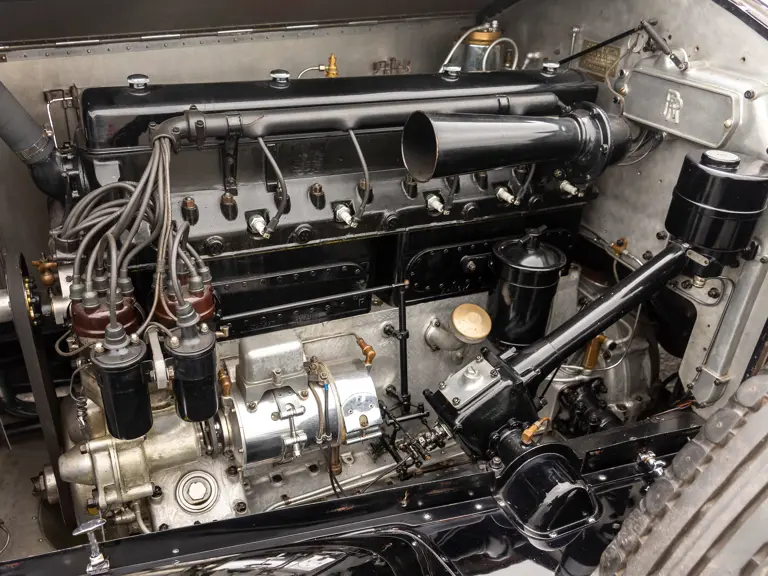
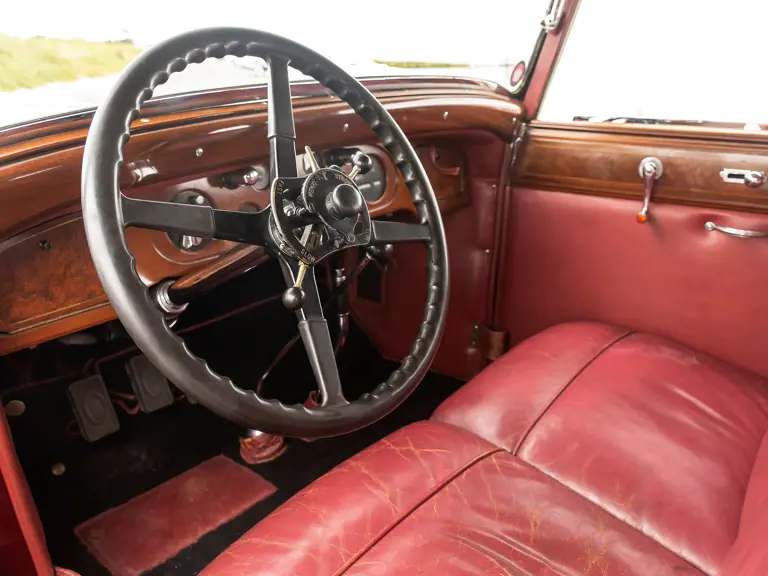
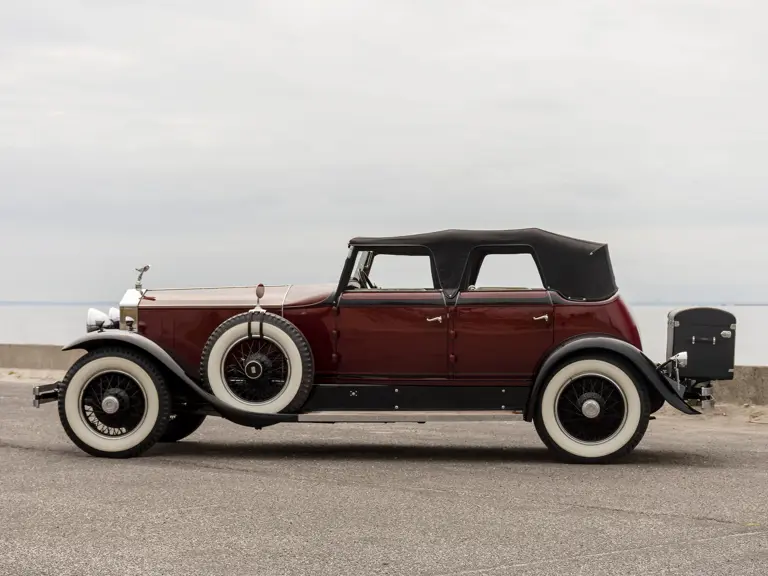


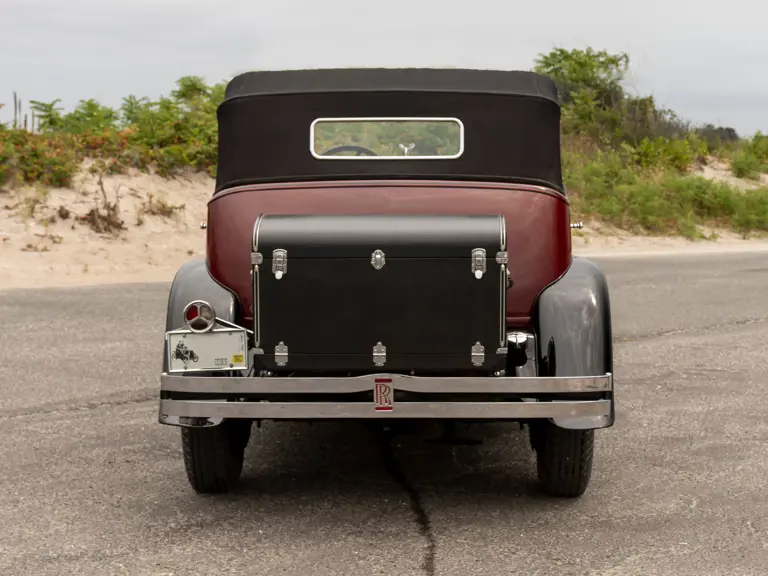
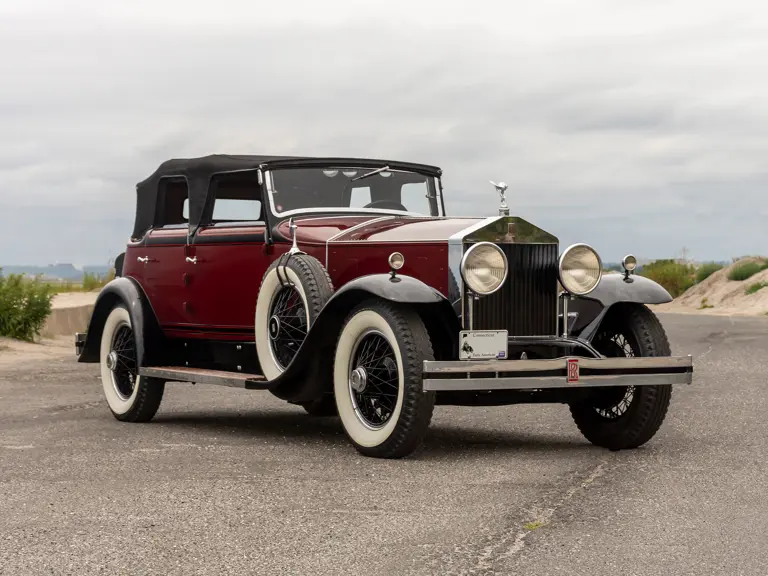
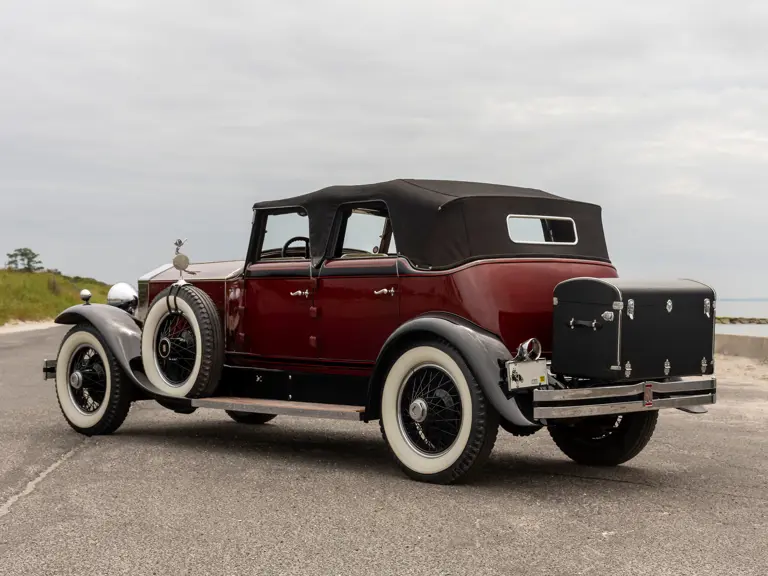



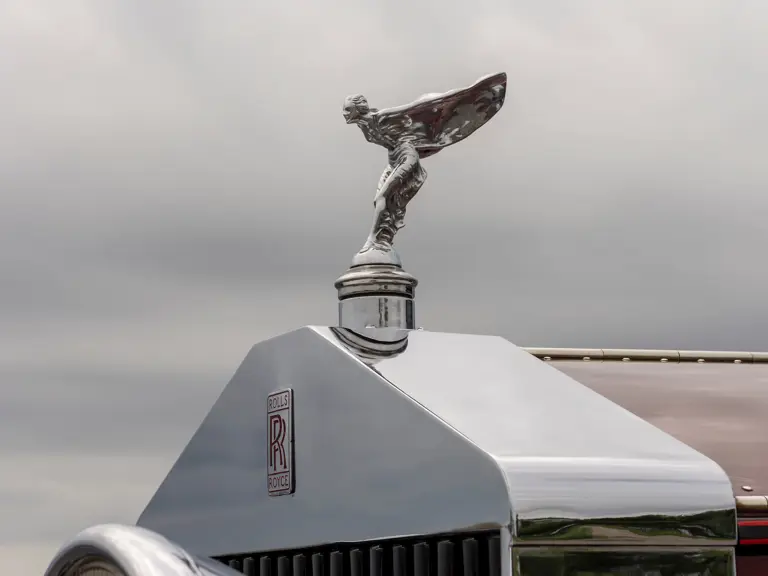
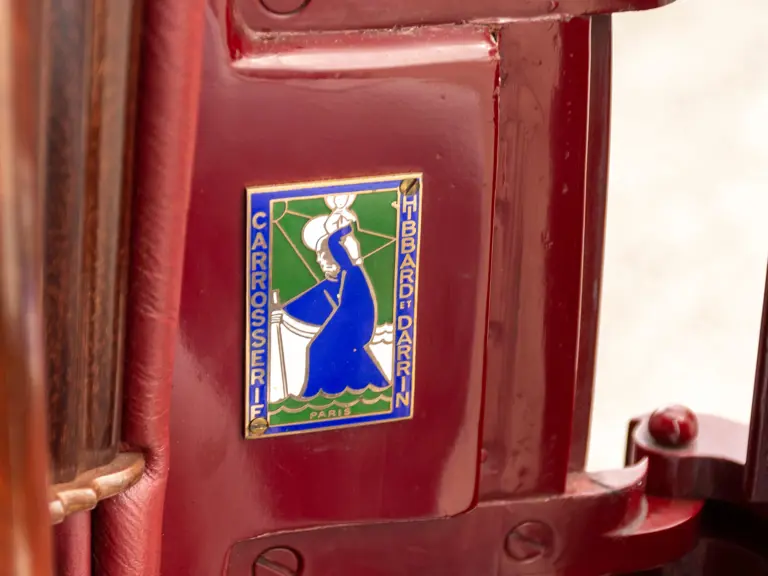
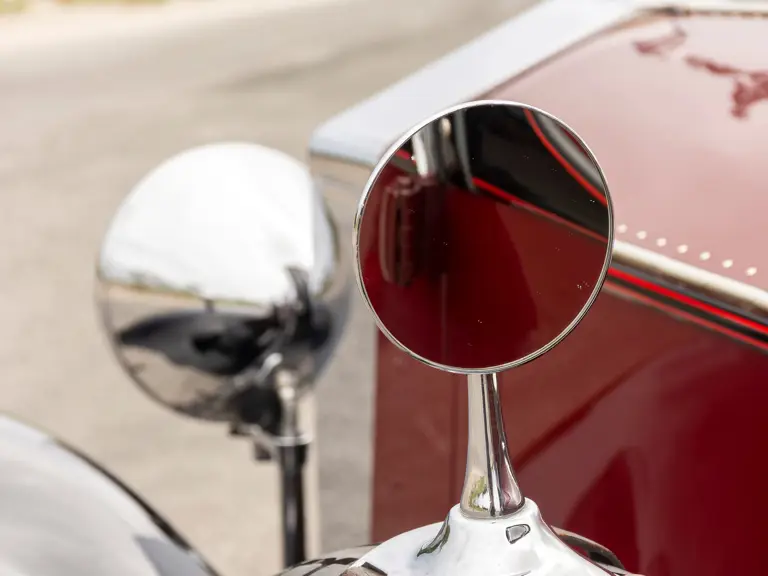
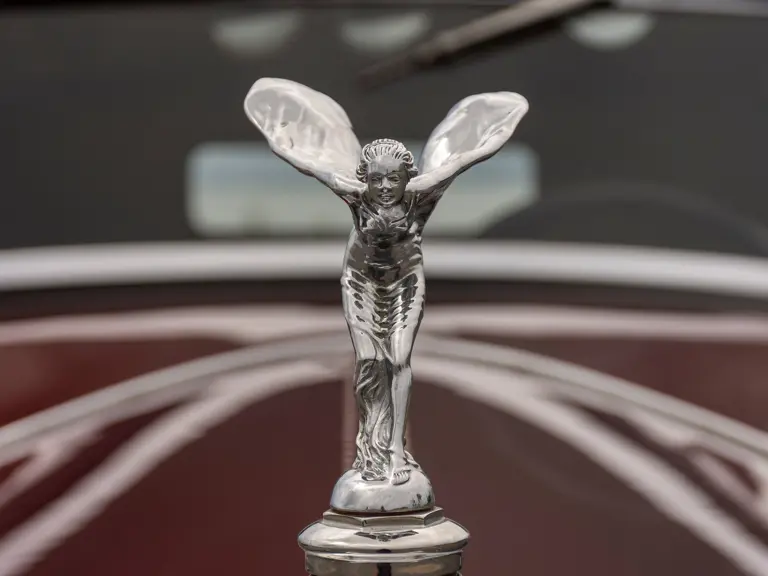
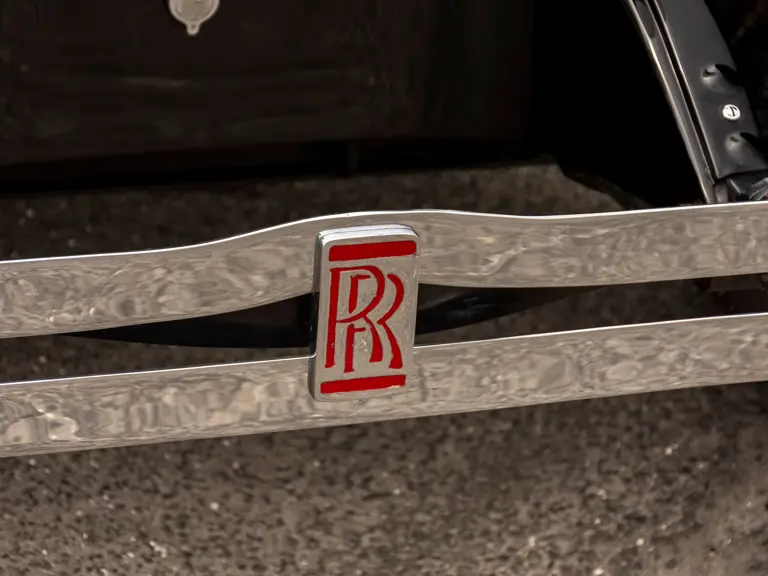
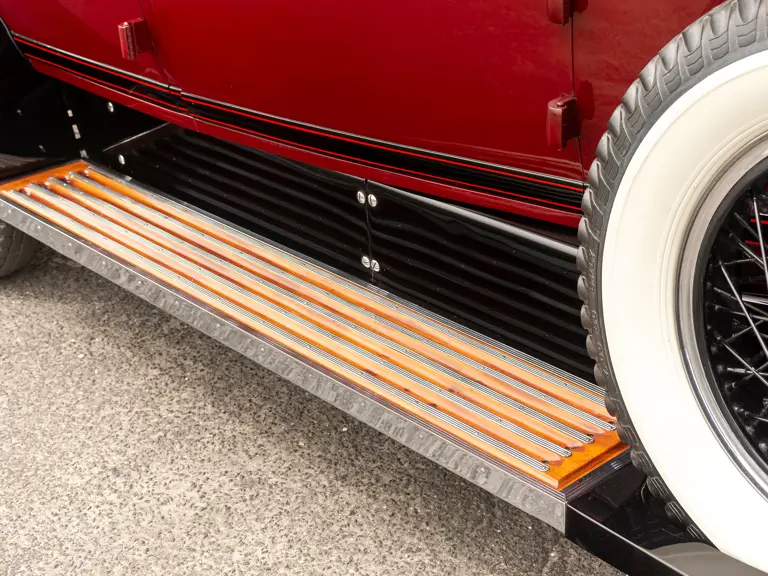
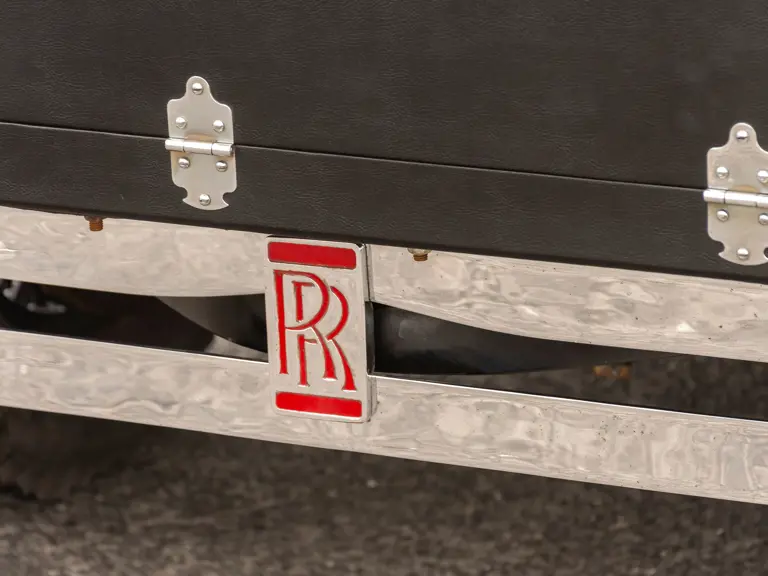
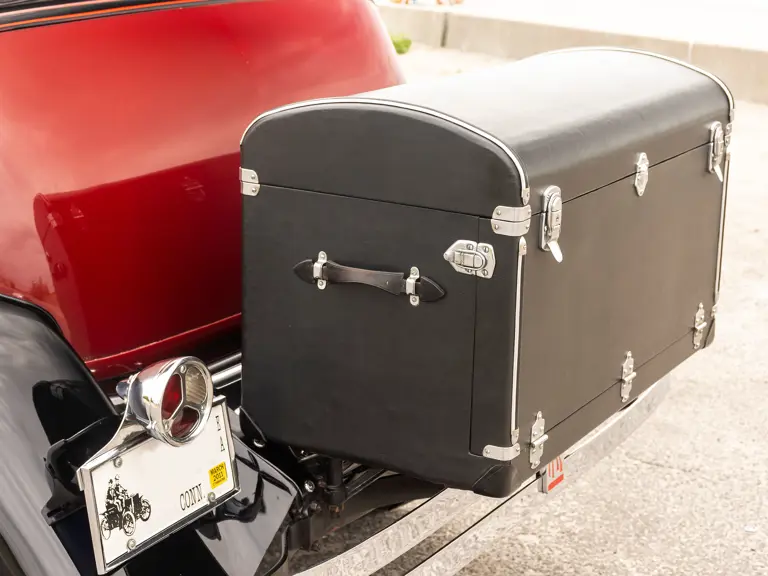
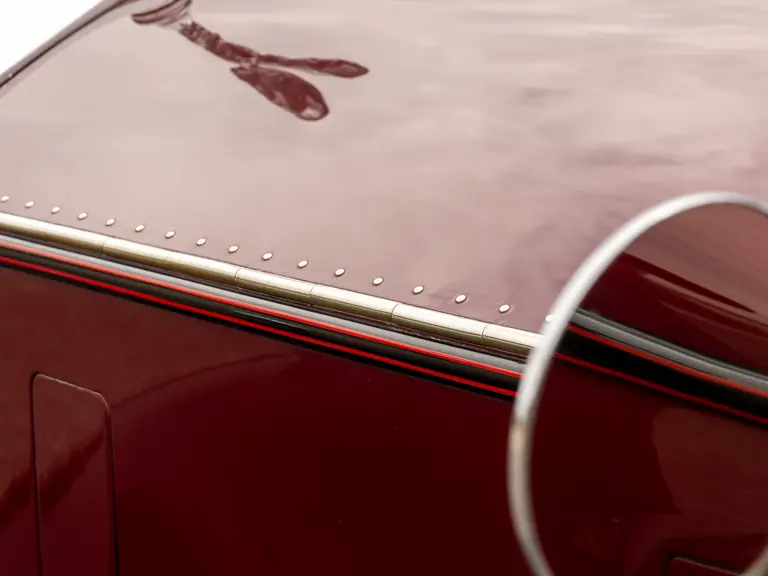
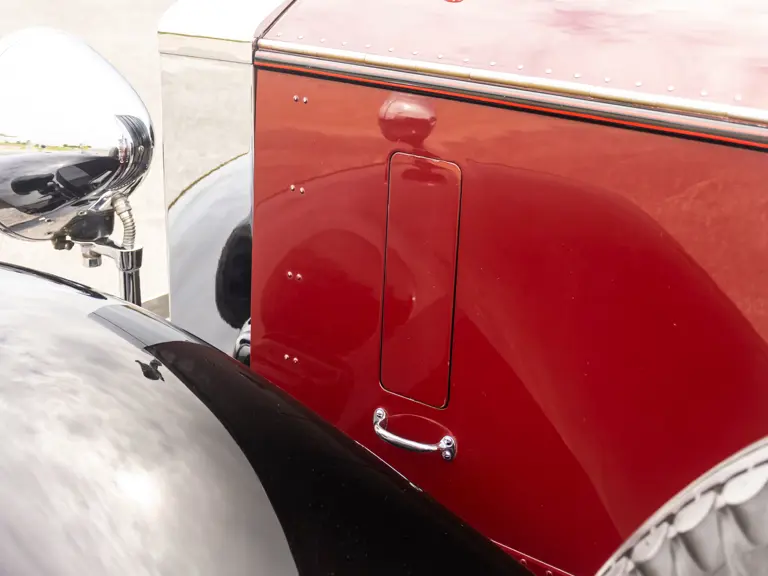


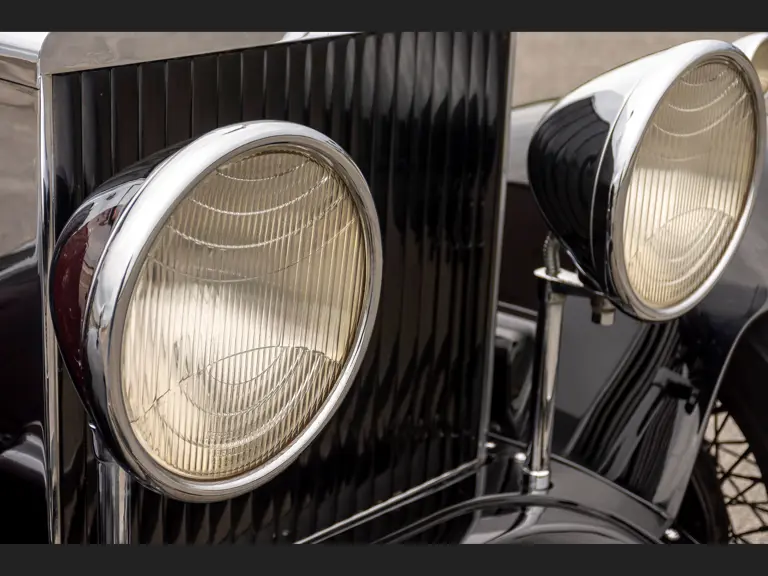
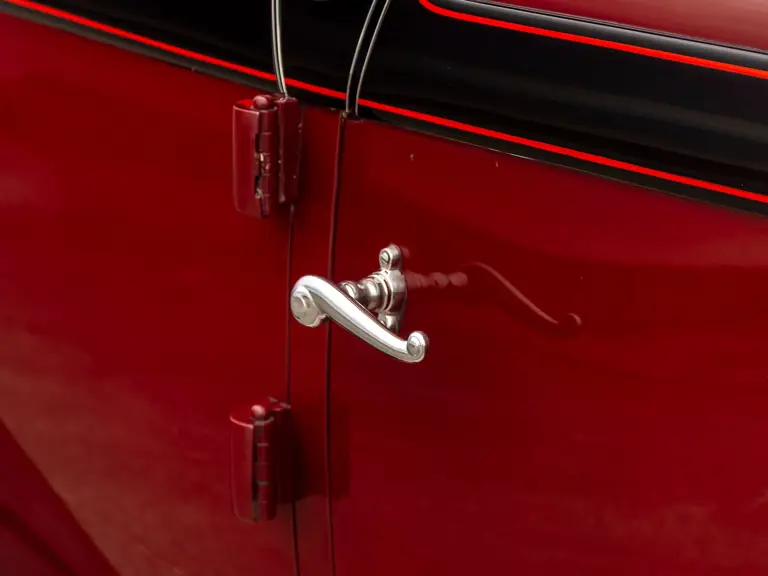
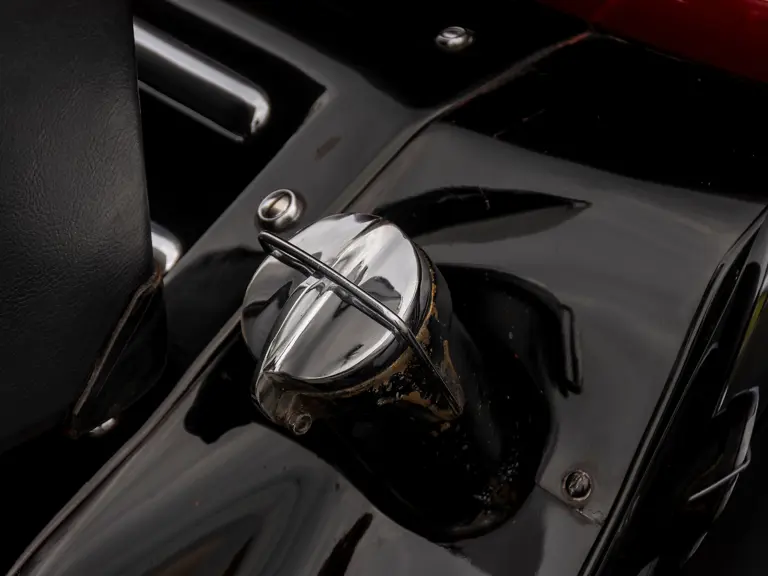
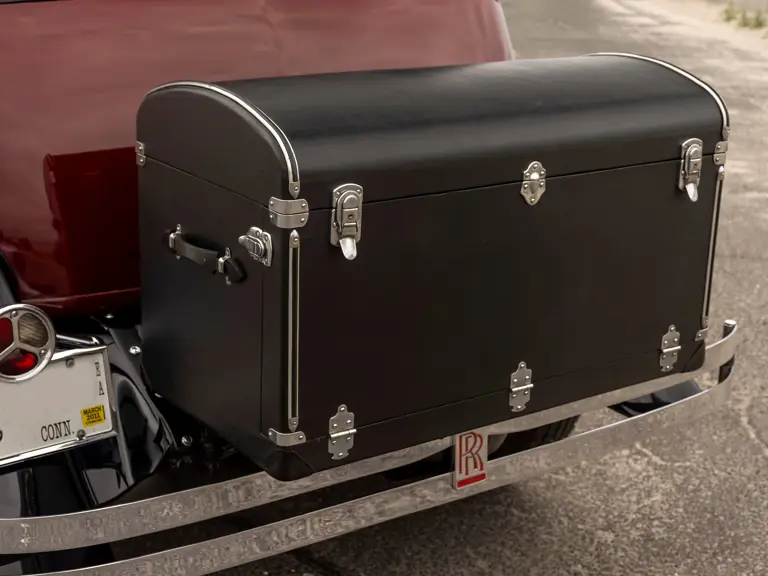
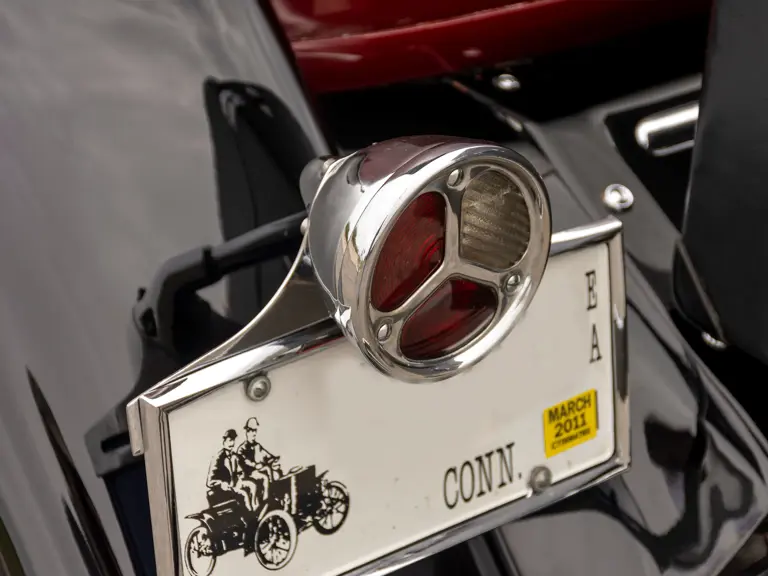
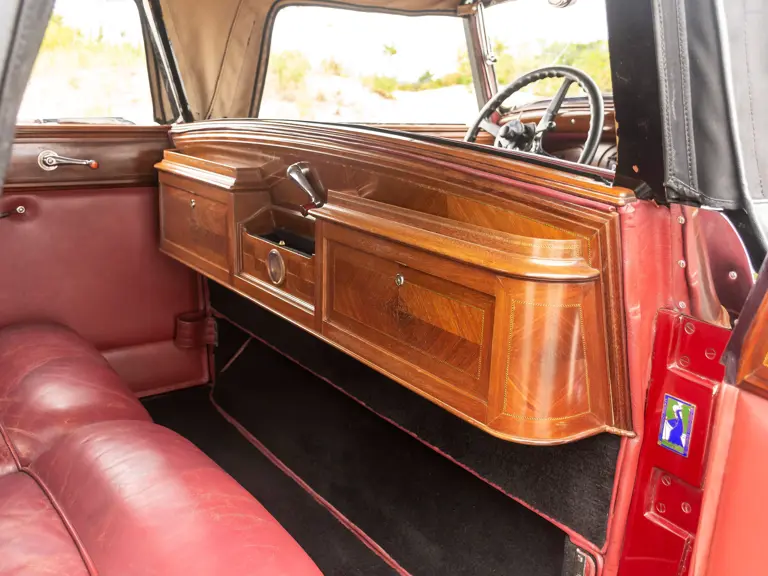
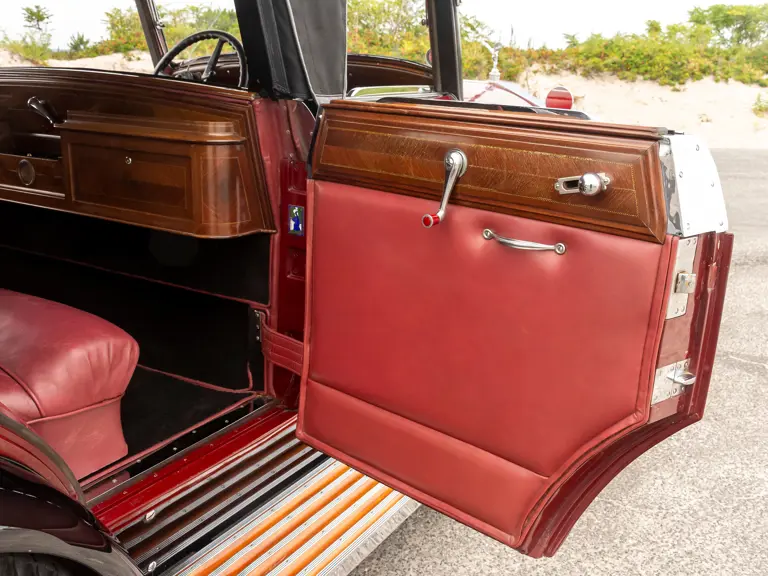
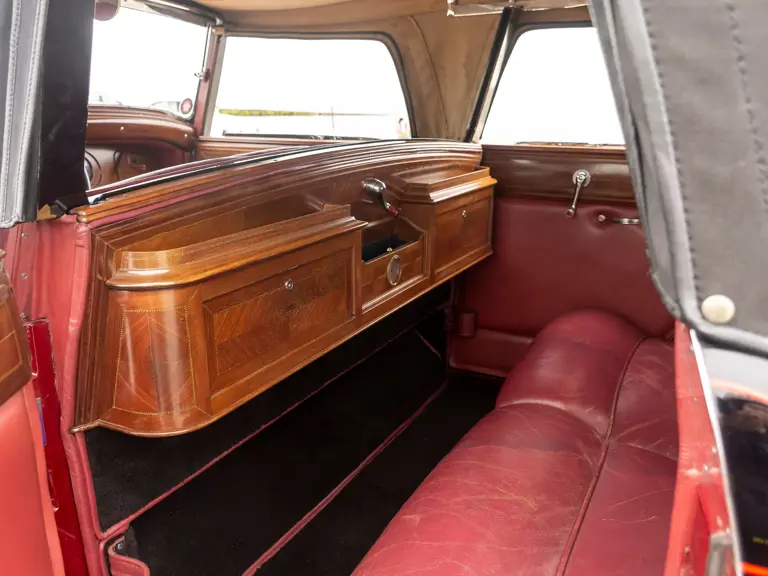


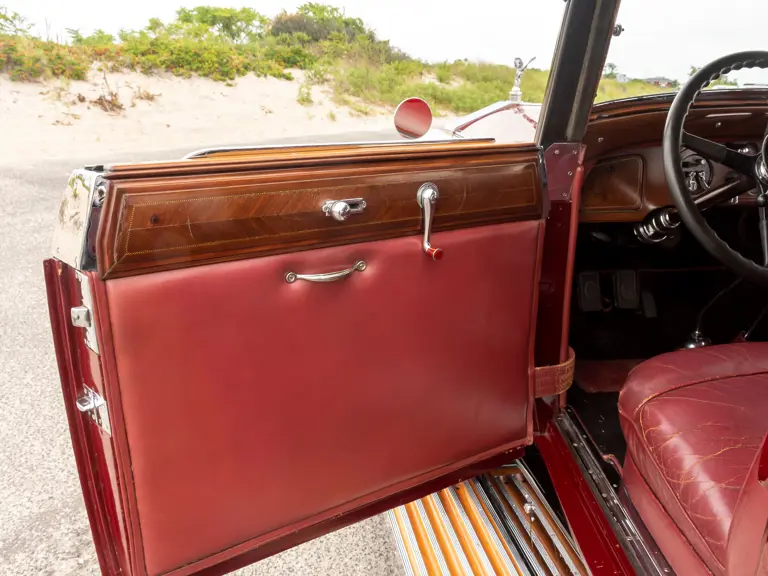
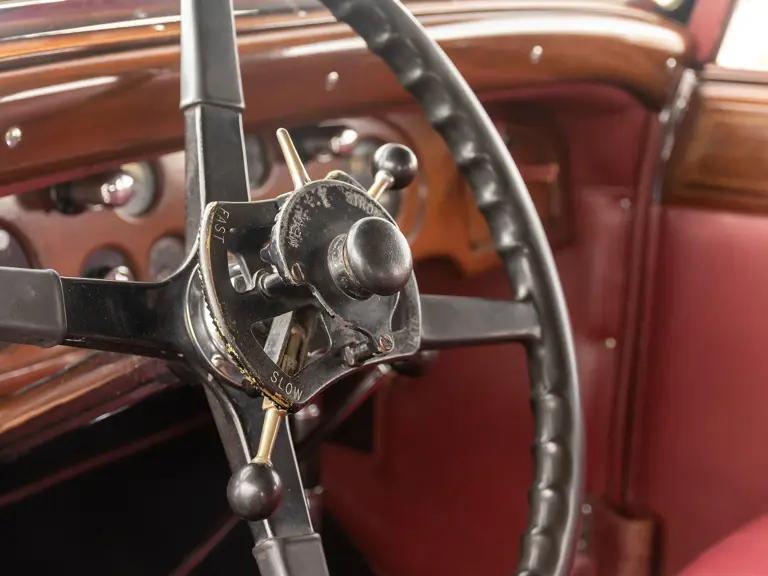
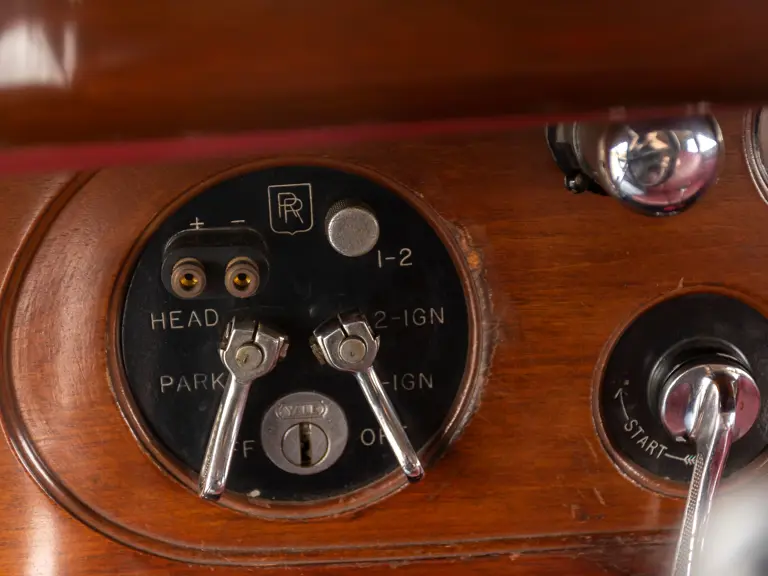
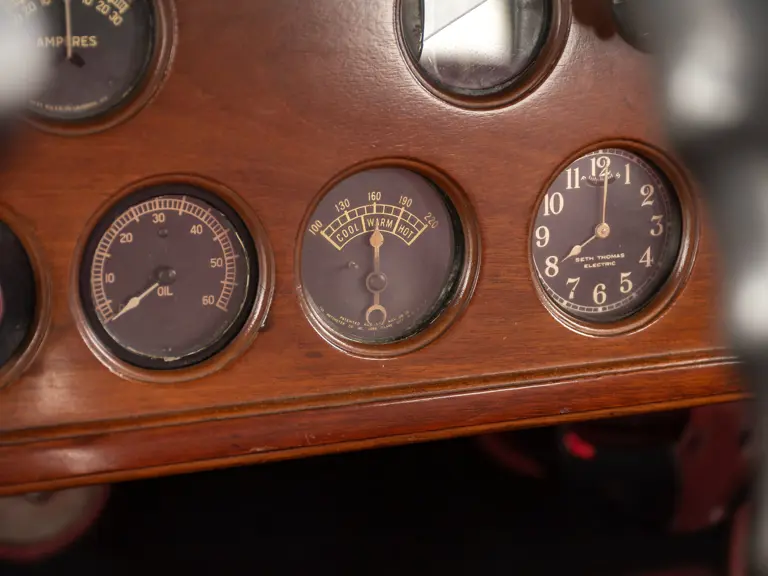

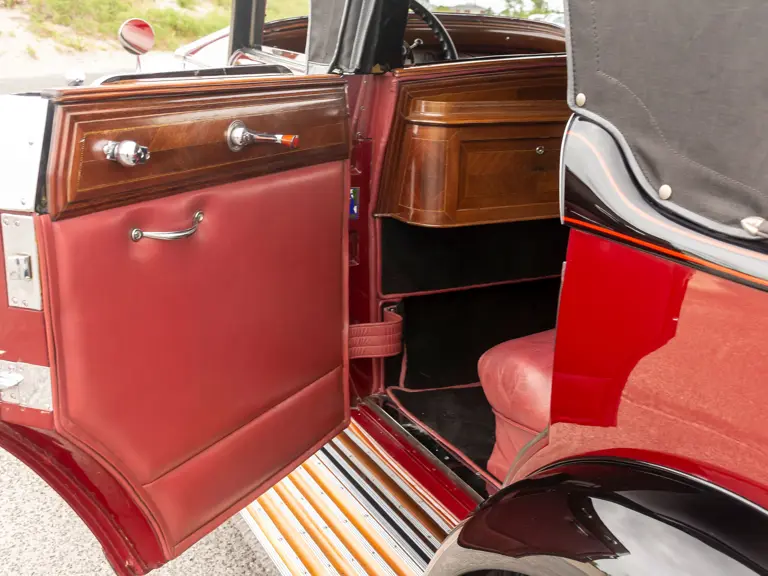

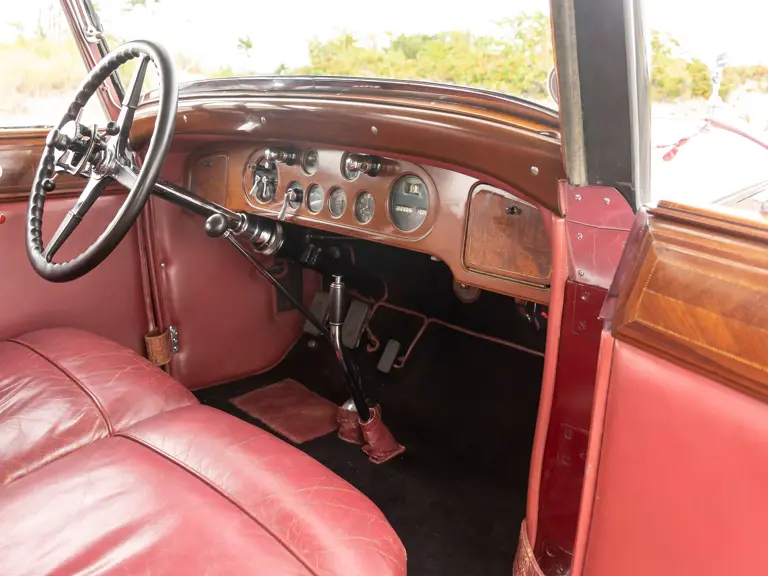
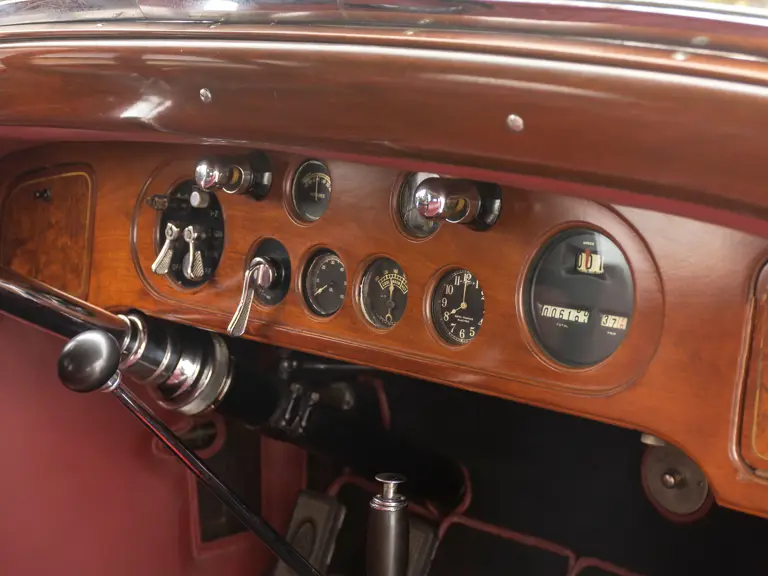

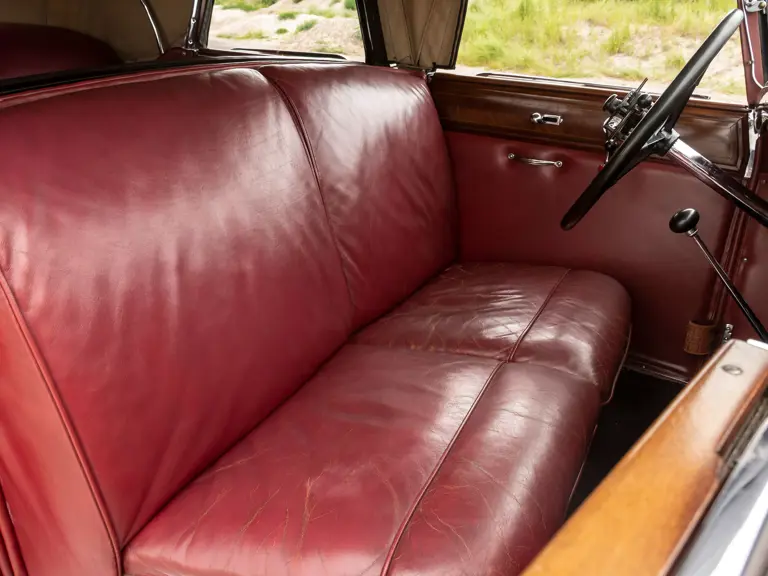
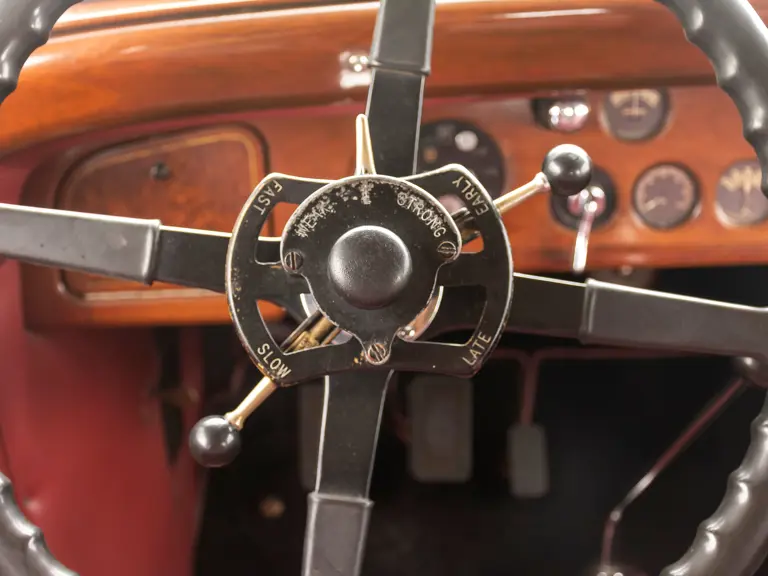
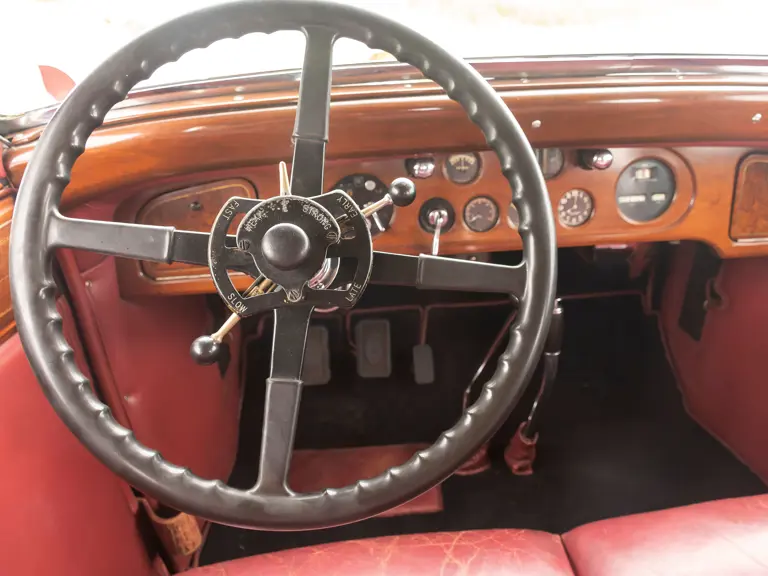
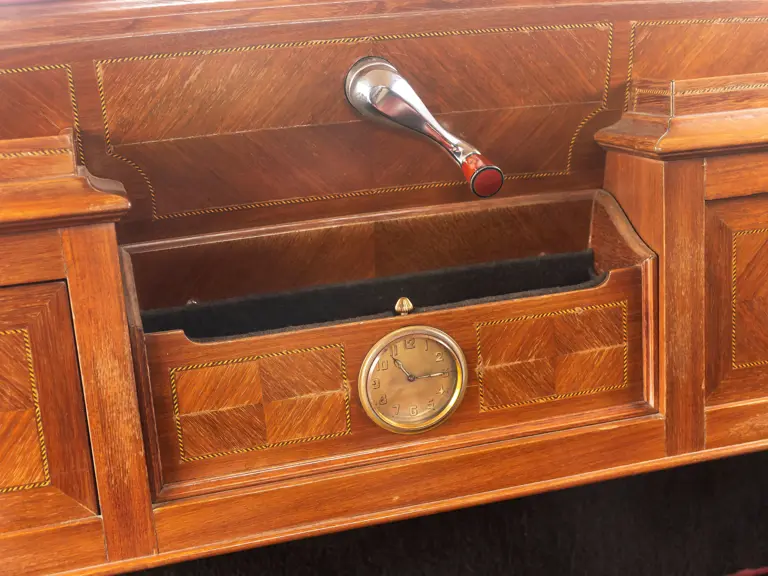
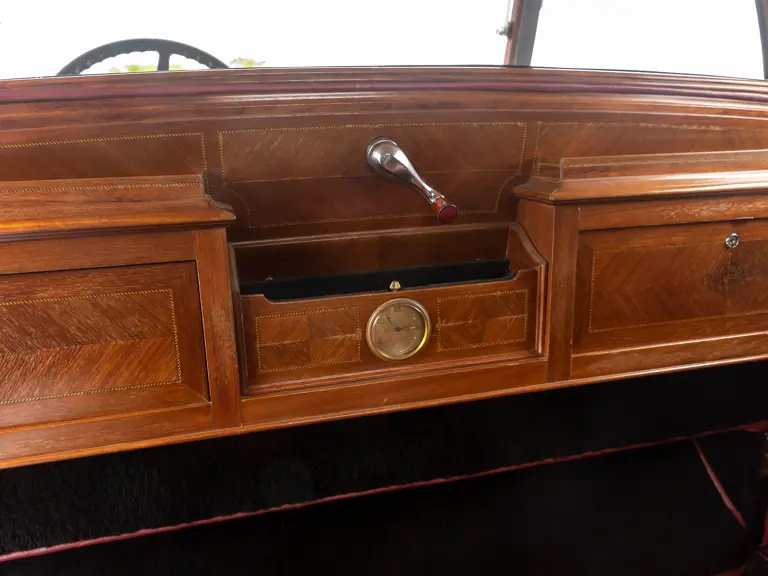


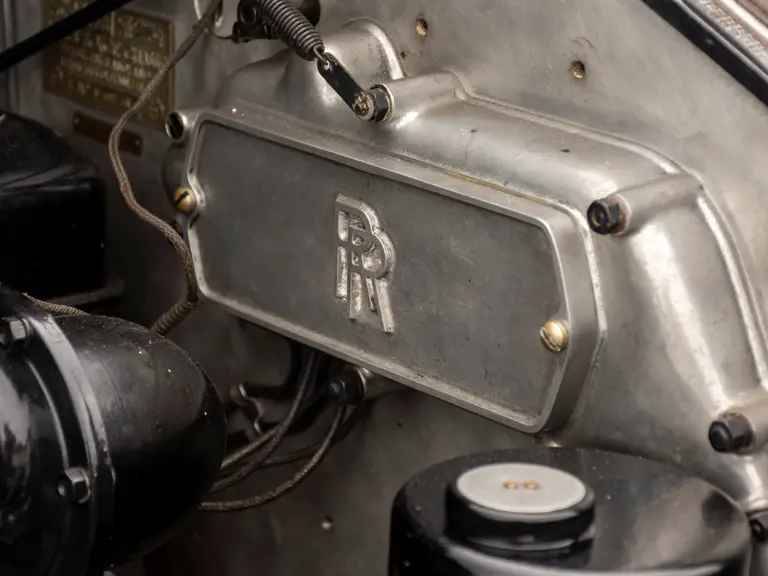
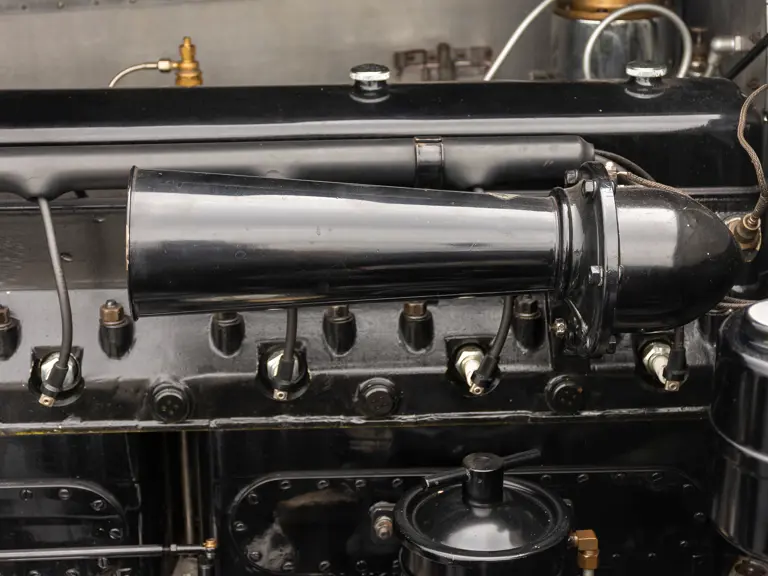

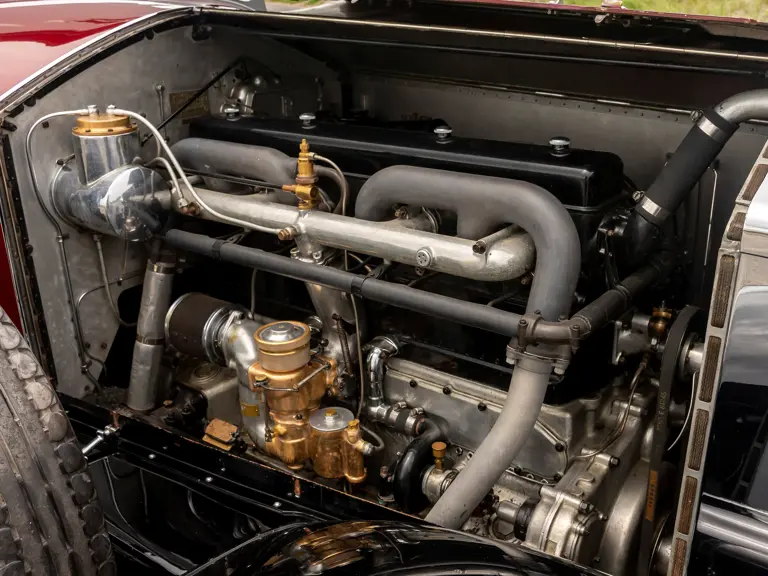
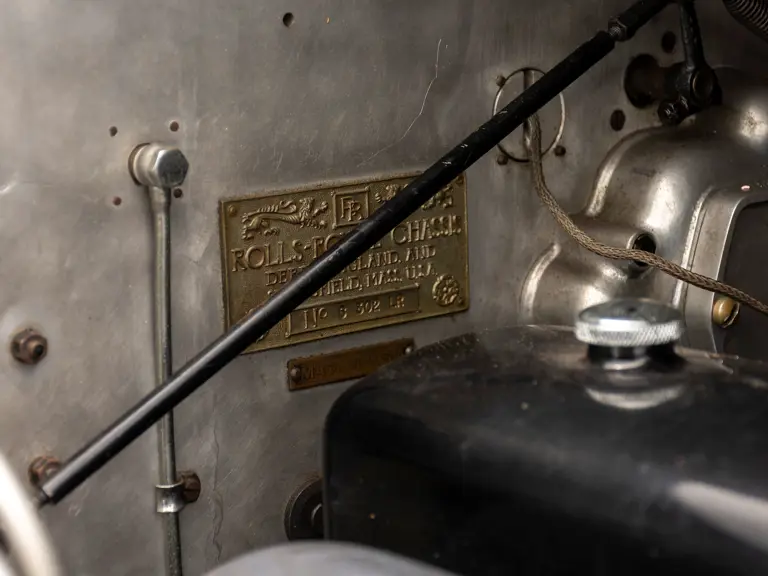
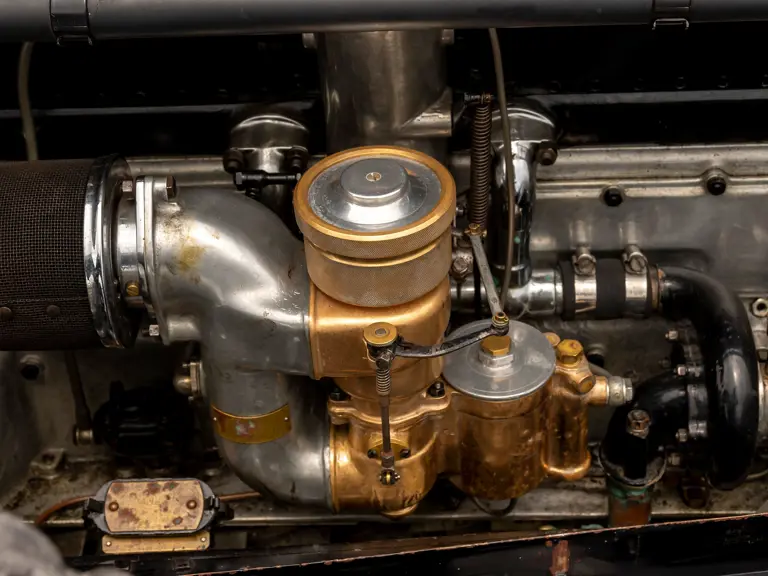

 | Hershey, Pennsylvania
| Hershey, Pennsylvania






